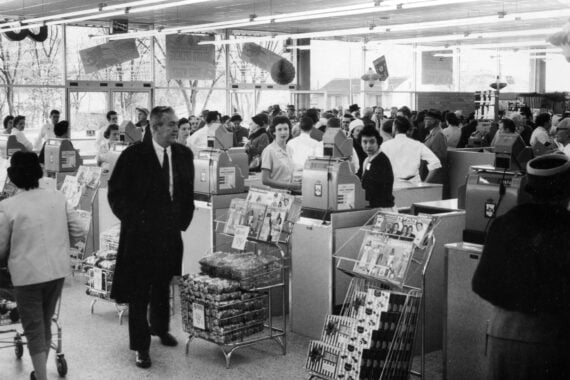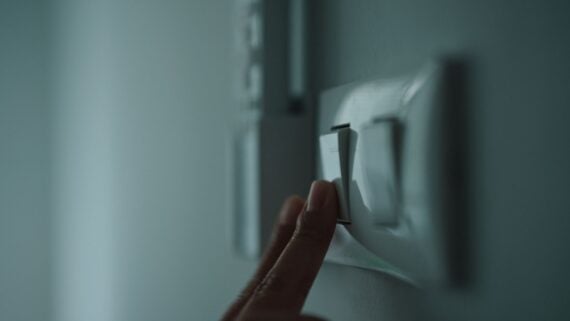Minimalism has seen a major rise in popularity over the years — from “The Minimalists” documentary and podcast to Marie Kondo’s “The Life-changing Magic of Tidying Up,” it has never been more trendy to own less.
But as it turns out, practicing a more minimalist lifestyle can actually have a trickle-down effect that goes beyond just bragging about the small number of items you own. One of the biggest changes new minimalists notice? The amount of money they have left over at the end of the month.
Deciding to take on a minimalist lifestyle means you’ll naturally become more mindful of what’s coming into and going out of your home, and with time your priorities — and your finances — will shift away from consumerism and toward contentment.
Here are 12 habits that minimalists use to save money and how you can implement the same practices into your day-to-day routine.
1. They Seek Out ‘Buy It Once’ Items
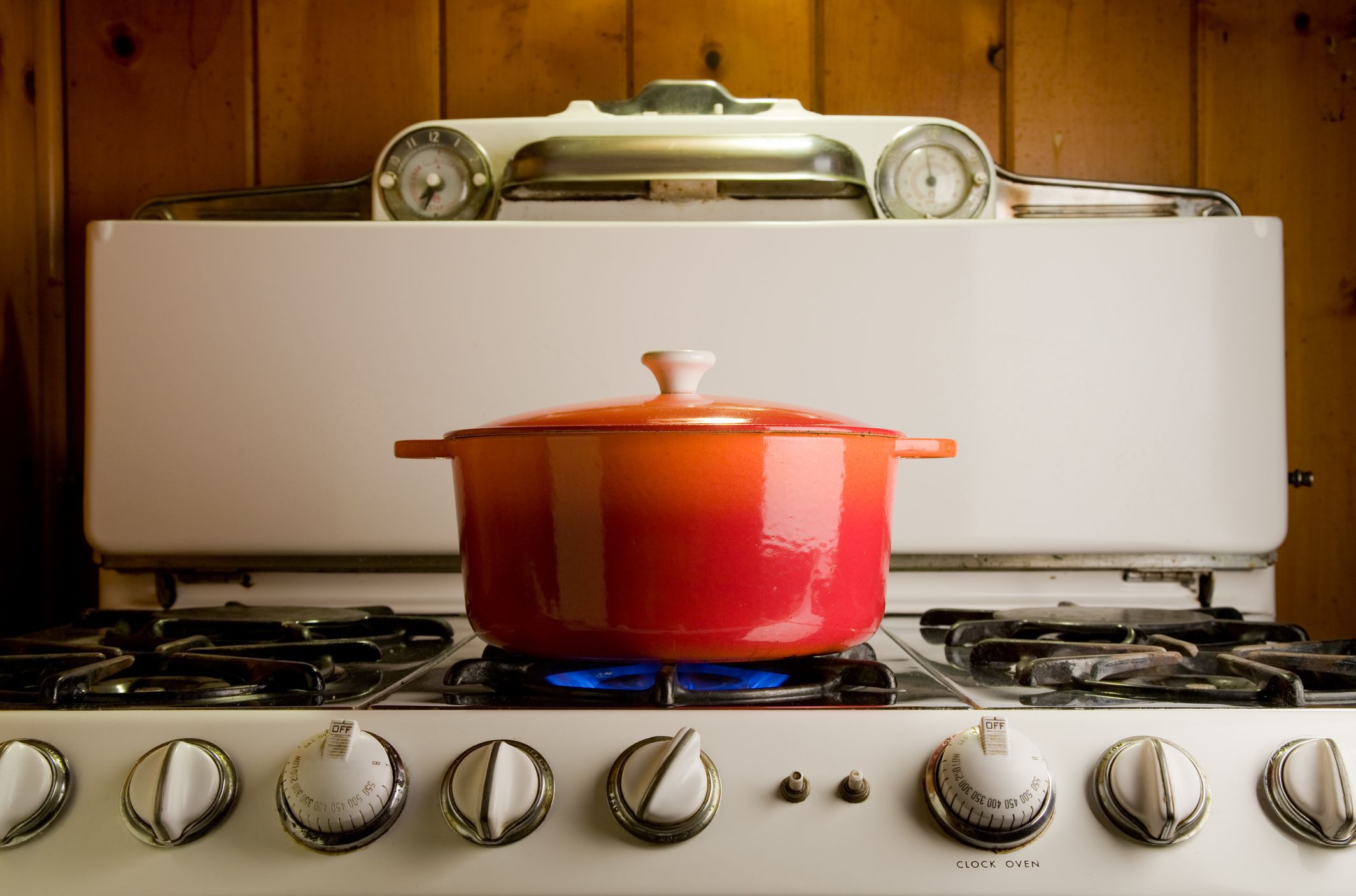
Minimalists don’t want to have to keep purchasing the same low-quality items month after month or year after year. Instead, they seek out “buy it once” items that are a little bit more pricey but, in theory, will last for life. This means the cost per use will be significantly lower overall.
2. They Also Seek Out Multi-Functional Items

Minimalists also specifically seek out multi-functional items rather than single-use items. A minimalist, for example, likely wouldn’t buy an air fryer when they could buy a 6-in-1 air fryer, rotisserie, and toaster. The initial cost is a little more, but it means having fewer appliances and saving money and space in the long run.
3. They Simplify Money Routines by Automating Payments

You won’t find a minimalist wasting time with a drawn-out money routine. Instead, minimalists look for ways to automate payments and make their finances as simple as possible. This takes away some of the stress of managing personal finances while also creating more time to reflect on unnecessary expenses and ways to cut down.
4. They Choose to Repair Items Instead of Replacing Them
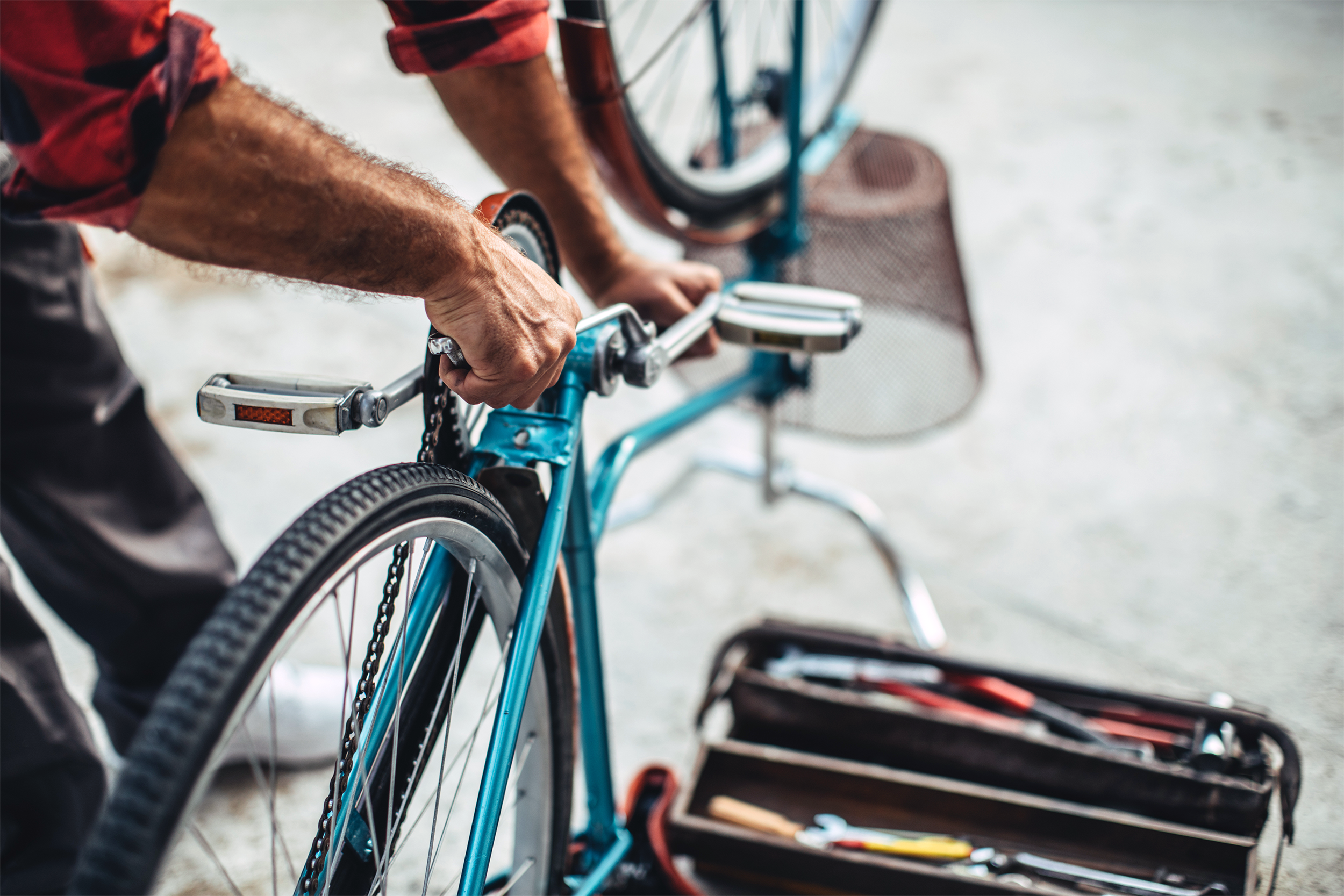
Minimalists tend to be very selective with their items. While they’re not necessarily attached to their possessions, they see value in holding onto the items that work for them rather than rushing out and replacing them. This means that many minimalists will do everything they can to repair items that might have holes or damage.
Applying this principle to things like clothing, appliances, cars, and electronics can save hundreds and even thousands of dollars every year.
5. They Have the Freedom to Rent/Own a Smaller Home
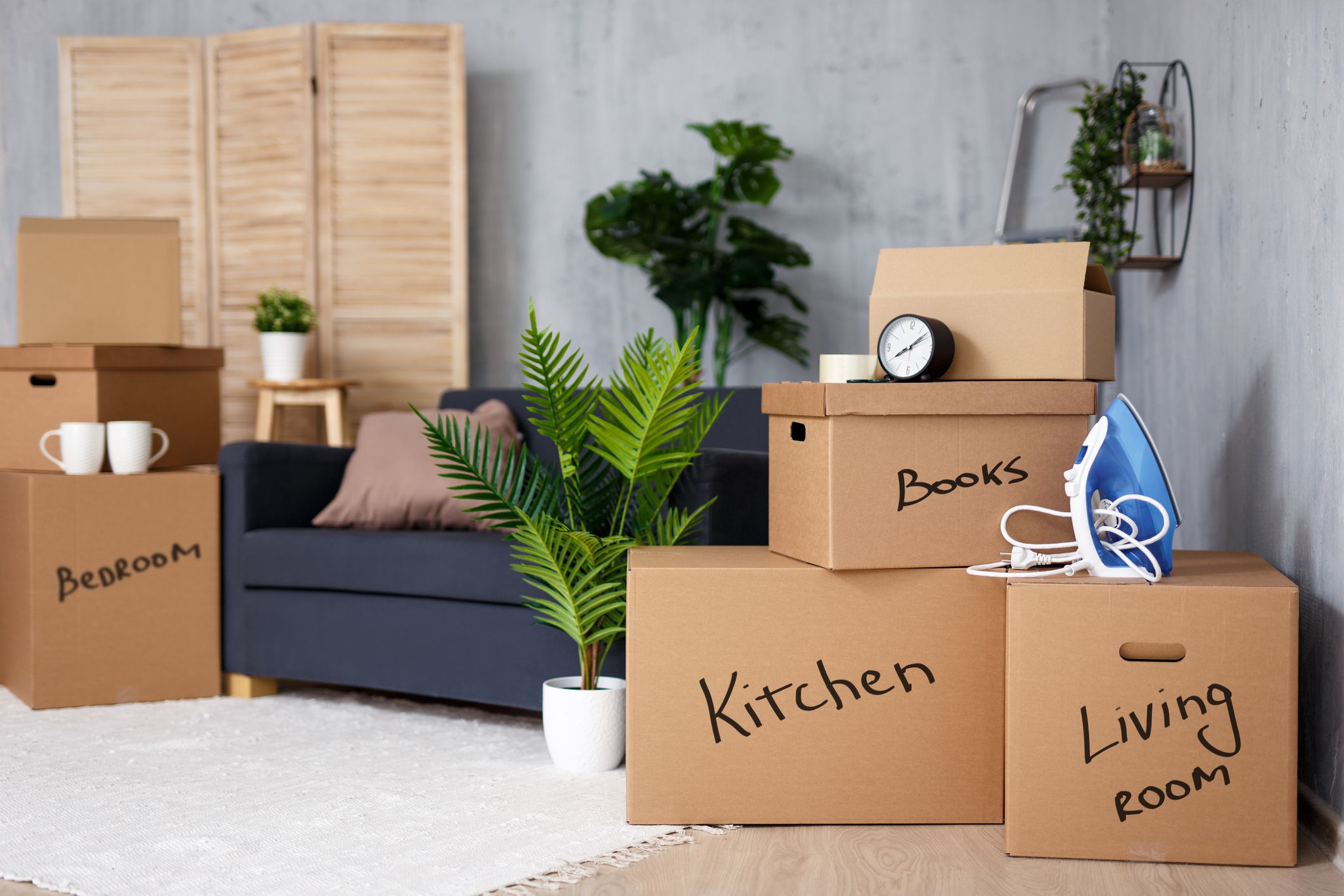
We’re going to state the obvious for a second: minimalists own less. This means that they require less space to store their things and as such can live in a much smaller home or apartment without feeling like they’re sacrificing living space. You don’t have to downsize into a micro studio apartment or tiny home, but getting rid of even a small amount of storage space you previously thought you needed means you could easily downsize from a three-bedroom to a two-bedroom.
Trending on Cheapism
6. They Don’t Need External Validation
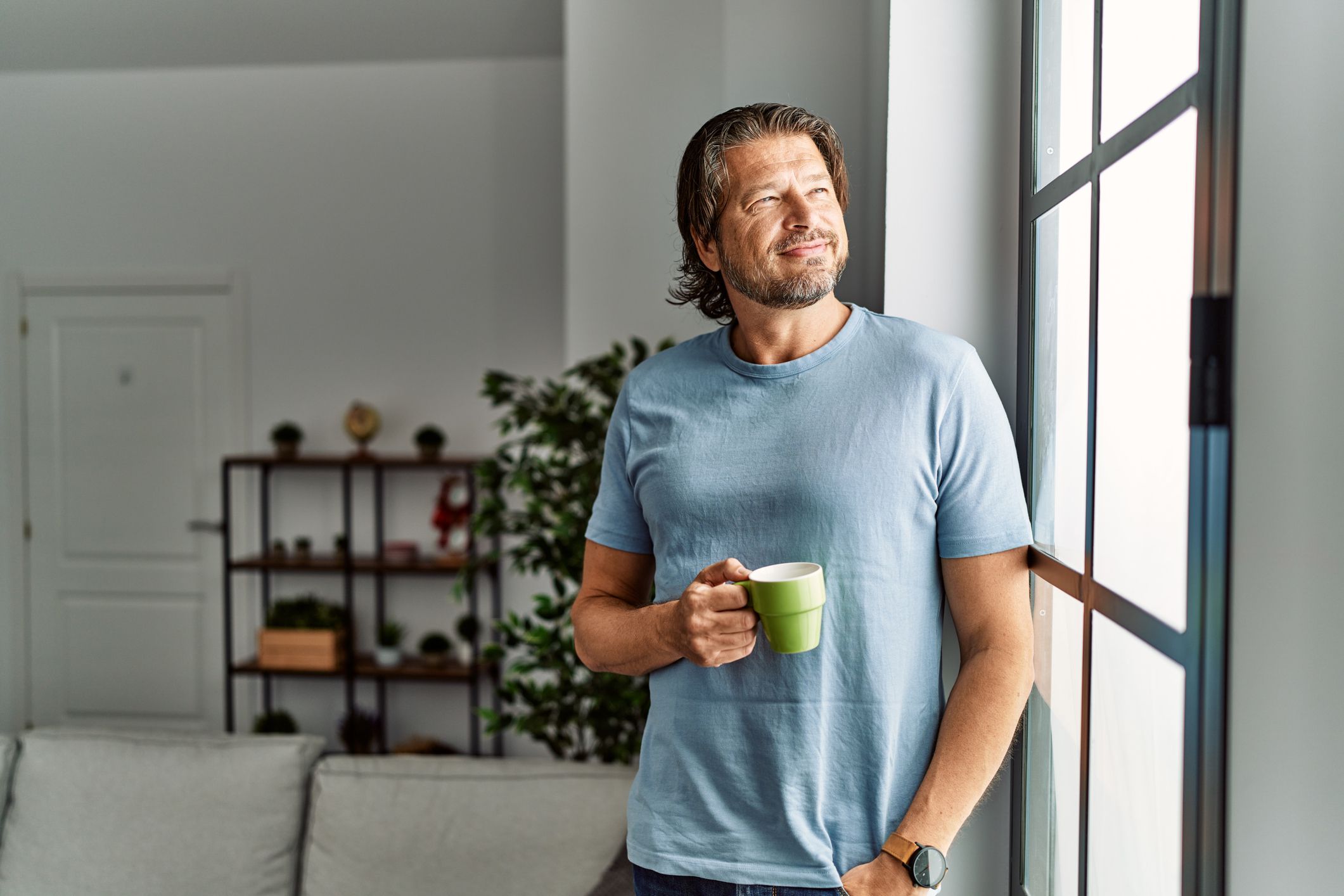
Minimalists don’t fall into the trap of trying to impress people with their things. They don’t care about external validation but rather have built up the muscle of self-validation. This means they don’t feel the need to purchase a luxury car or refresh their wardrobe every season just to show off to their colleagues and friends. Not only is this mentally freeing, but it can easily save you tens of thousands of dollars each year.
7. They Often Follow the ‘One In, One Out’ Rule
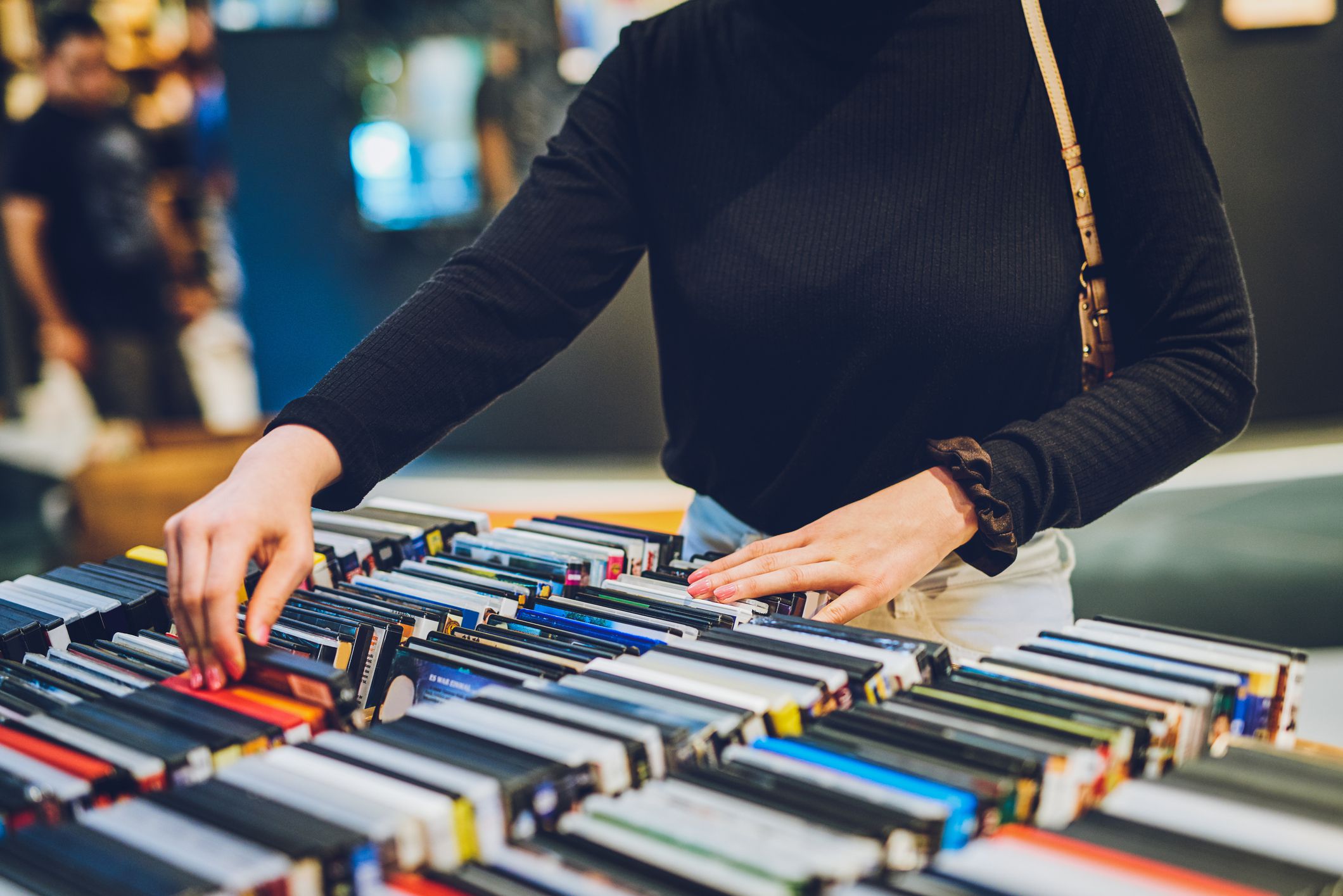
The “one in, one out” rule is something that keeps minimalists in check (even if they’re not naturally minimalist in nature) and can be a great way to cut back on mindless shopping even if you feel tempted. The “one in, one out” rule basically means that whatever new item you bring into your home will result in a same-category item being sold or donated. This means you’ll be less tempted to splurge on, say, a new video game or piece of clothing when you know it means you’ll have to get rid of one you already own.
8. They Reflect on Their Needs Versus Their Wants

Similar to the “one in, one out” rule, minimalists also really reflect on their needs versus their wants. It’s not uncommon for a minimalist to create a “wishlist” on Amazon or even on the notes app on their phone and give themselves a set amount of time (from 24 hours to a month or more) to think about the items they want and whether or not they really need them before making the purchase.
Sign up for our newsletter
9. They Regularly Audit All Aspects of Their Lifestyle
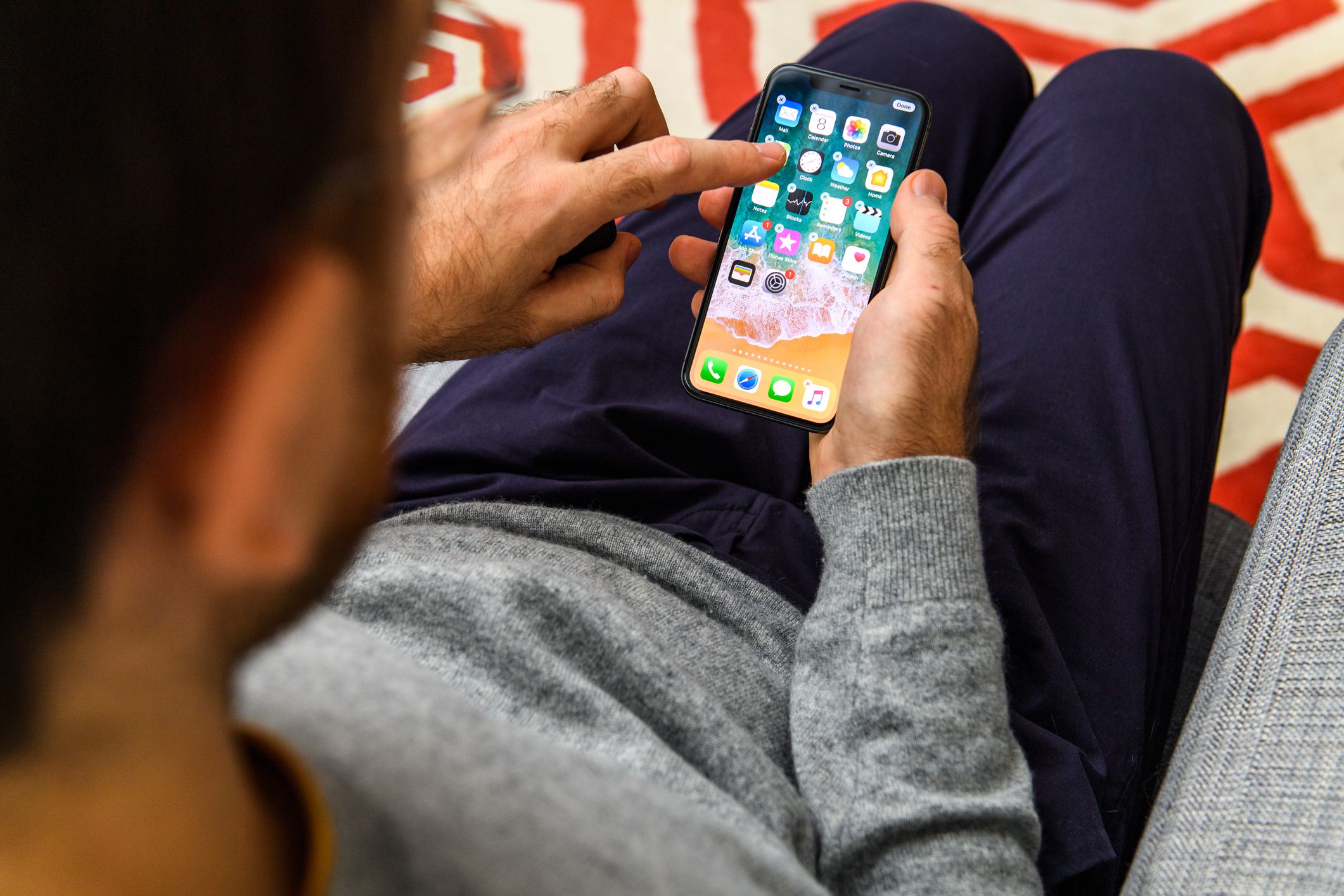
Minimalists don’t hang onto unnecessary items, but they also take the time to audit other aspects of their life as well, including their financial life and digital life. This could mean canceling subscription services they don’t use all that much or cutting out certain splurge items that don’t bring them the same joy anymore.
10. They Often Work Out at Home
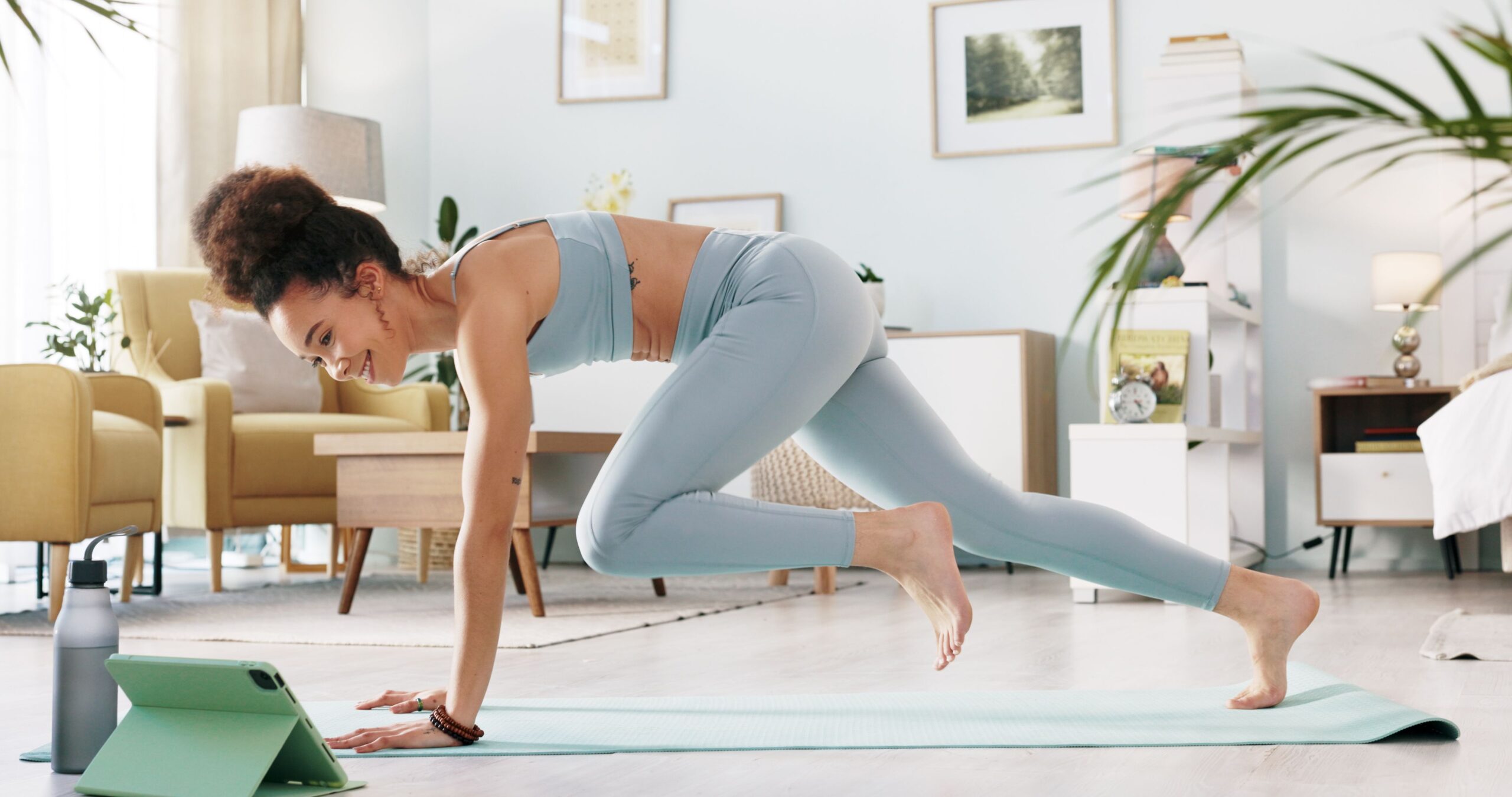
Minimalists often believe that simple and easy-to-follow routines are better than over-complicating things, and that goes for working out as well. Minimalists might skip a complicated gym routine in favor of a simple weight training or pilates routine at home, which requires very minimal equipment and costs $0.
11. They Spend Money on Experiences Over Items

You might think that minimalists live an austere lifestyle but in fact the opposite is true. Minimalists don’t fork over unnecessary money on items and instead prioritize experiences and making memories. This could look like traveling, buying concert tickets, or going to sporting events, but it could just as easily look like taking a weekend trip to the next town over and spending the day hiking or enjoying a picnic with loved ones.
12. They Sell or Swap Their Unused Items
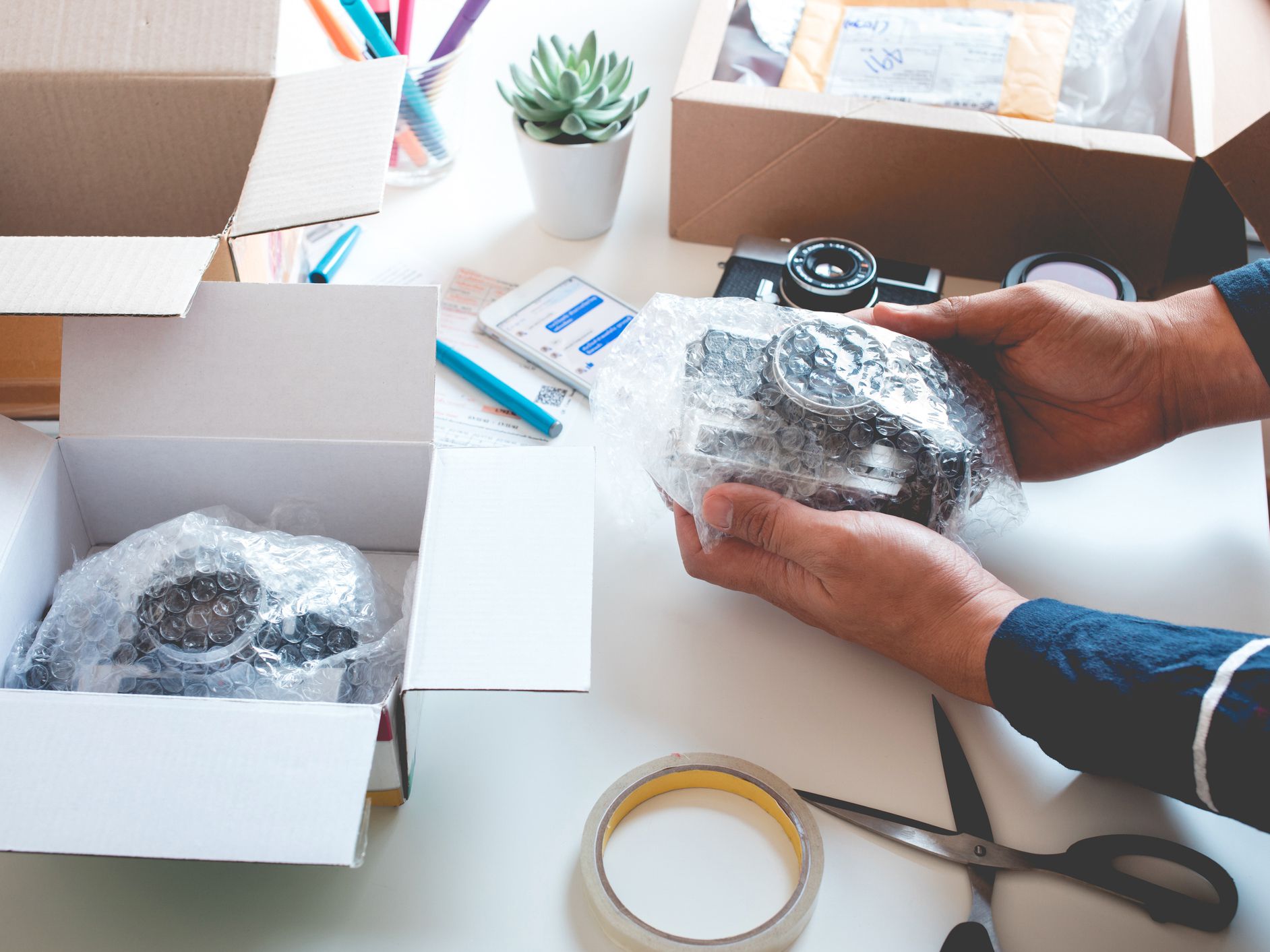
Minimalists don’t hold onto items they don’t want or need and instead prioritize selling or swapping unused items. This could look like selling appliances or electronics you no longer use or bringing a bag of gently-used clothing to a local clothing swap and trading it for items you actually need instead of buying new.


